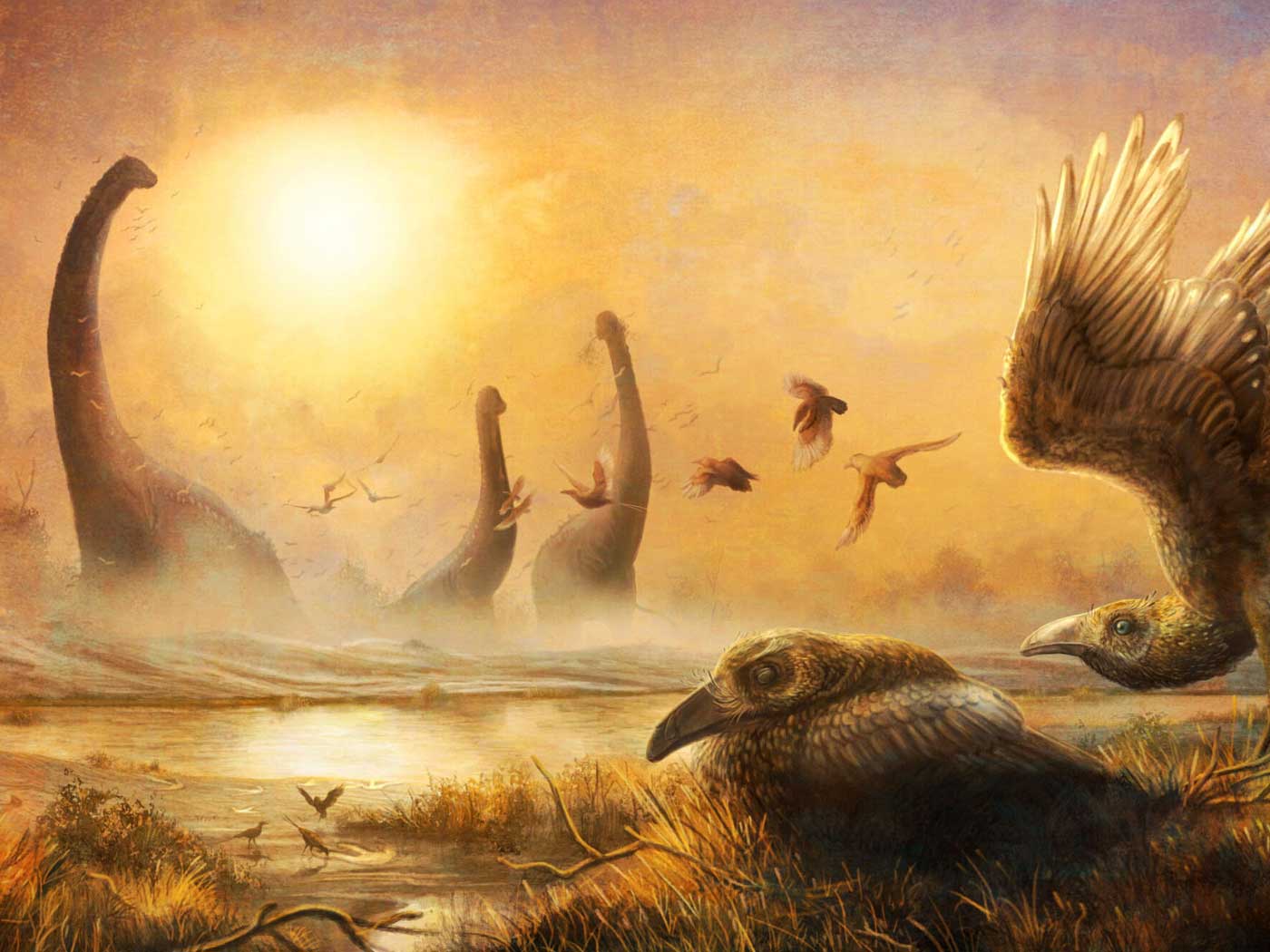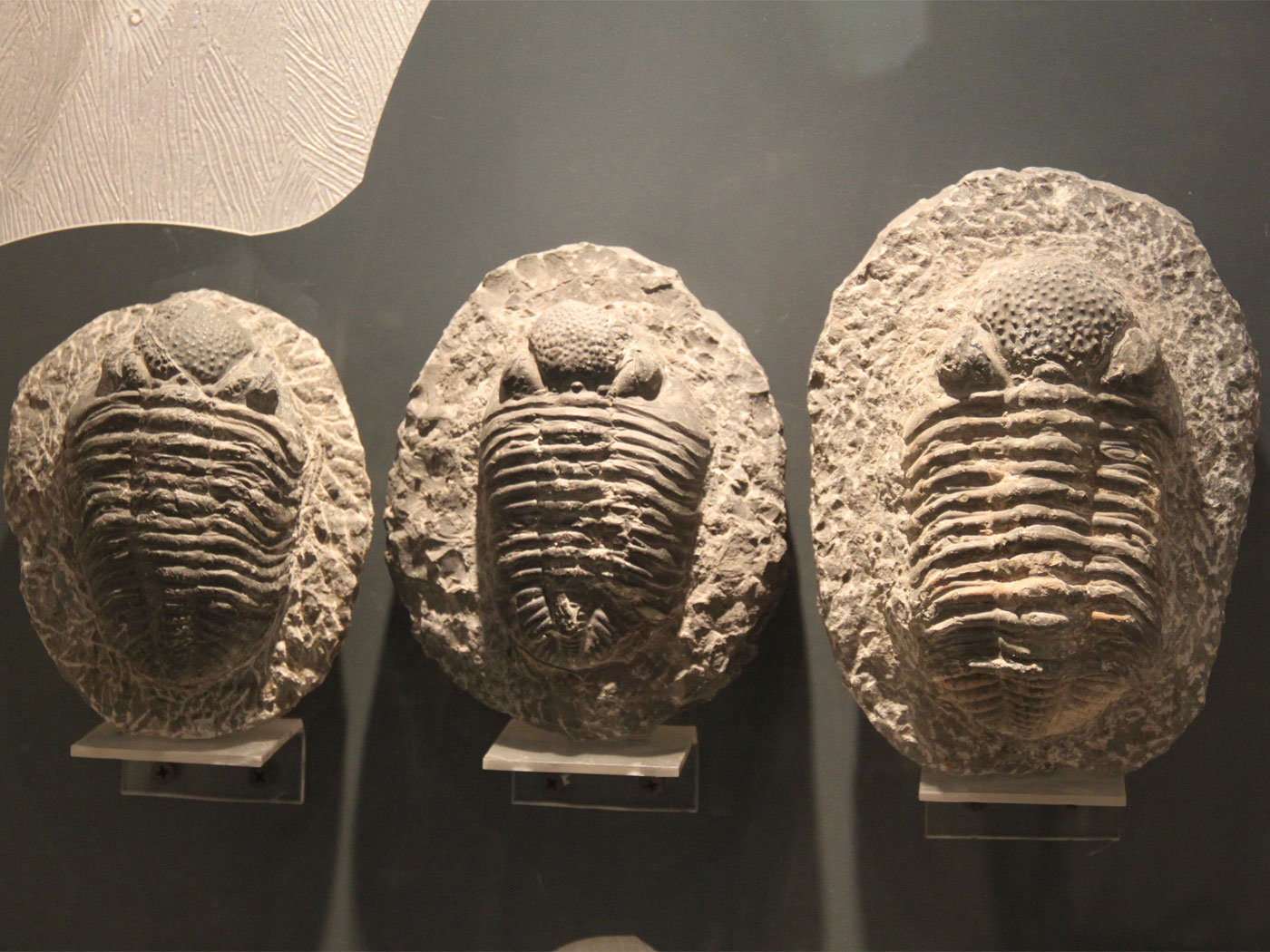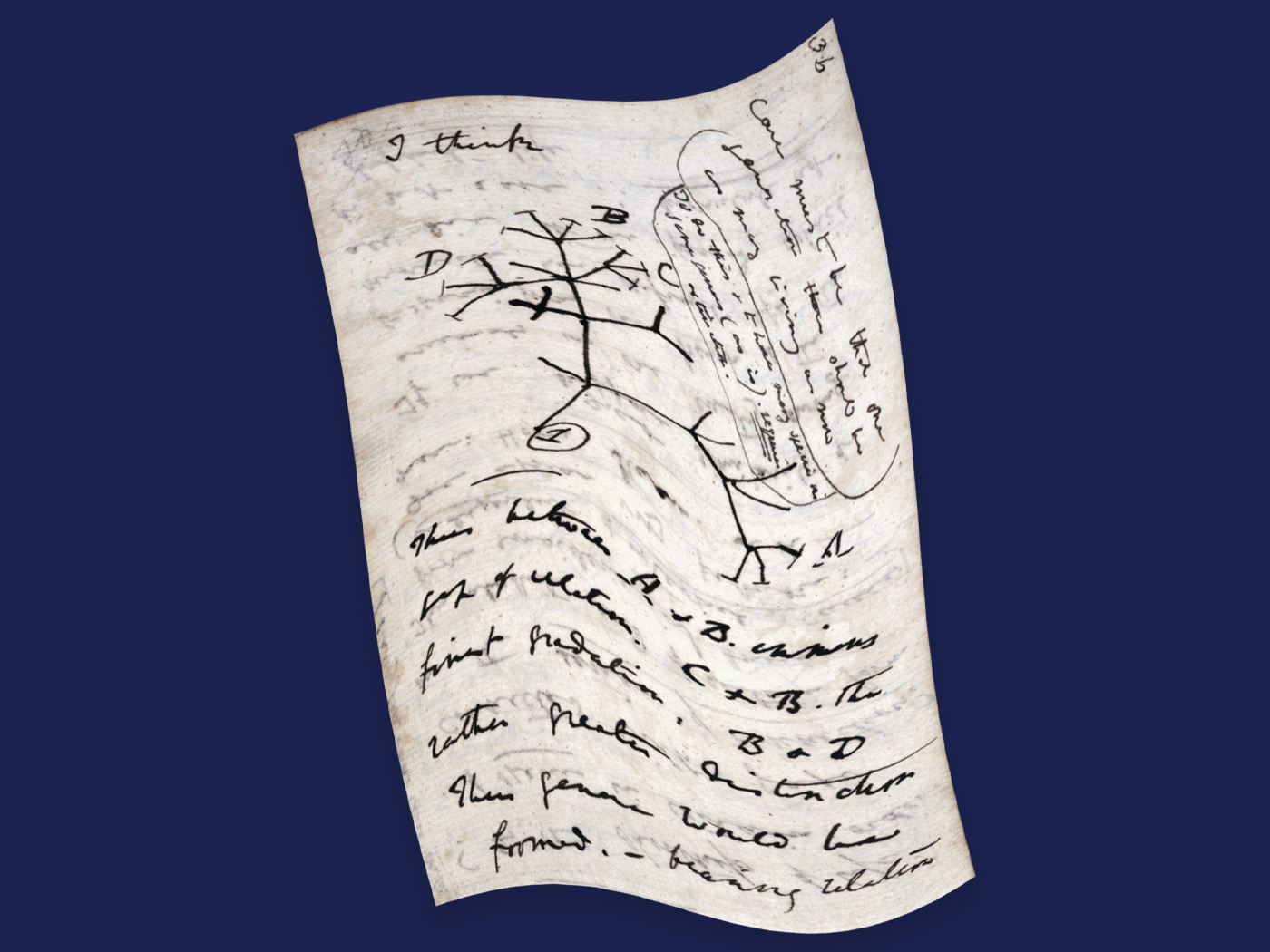In 2002, Professor Michel Brunet of the University of Poitiers, France, described a tiny fossil ape skull nicknamed Toumaï as an upright-walking human ancestor.1 This ancient skull and other possibly associated partial bones from Chad belong to the Sahelanthropus kind. Though Brunet enjoyed fame for finally finding a missing link in human evolution, some of his colleagues were and remain convinced that the Toumaï individual walked on four limbs like regular apes after all.
One might expect science to have progressed over the last few decades. New evidence should have clarified issues, and experts should have objectively followed that evidence toward a data-driven consensus. Instead, new analyses of the old limb bones have merely rekindled the same disagreement—a debate that signals something is wrong with this kind of science.2
The story seemed perfect for human evolution. Just when pre-humans began to diverge from pre-chimpanzees at seven million supposed years ago, the very chimp-like Sahalanthropus evolved the ability to walk on two legs—a bipedal ape. Surely this Toumaï specimen captured the moment our ancestors took their first steps toward becoming human. Unfortunately for this tale, Brunet’s colleagues took the opposite position just a few months after his 2002 report.3
These skeptics pointed to places on the Toumaï skull where muscles attached it to the neck. Those muscles pin to the bottom of human skulls to hold our heads up, but they attach toward the back of ape skulls to hold their heads forward as they walk on all fours. The team interpreted this fossil as a female gorilla with a thick eyebrow ridge.
Did Toumaï walk like a man or like an ape? Why can’t experts agree on an answer after 20 years?
A 2020 analysis concluded that the associated femur most likely belonged to a quadruped—a four-legged walker.4 That would match the diagnosis of Sahelanthropus as an extinct ape.
Not to be outdone, the group that still wants Sahelanthropus to have walked on two legs recently published an article saying so.5 They pointed to a femur feature called a calcar femorale and to a certain twist in the bone as evidence for upright walking. But it turns out that neither feature is diagnostic for walking. The calcar femorale, a ridge structure, doesn’t help answer the question since it occurs in orangutans (quadrupeds). People are bipeds, but only some of us have a calcar femorale.6 And the same burial pressures that warped the bone could be responsible for its unique twist.
Bernard Wood, a palaeoanthropologist at George Washington University in Washington DC, co-authored the 2020 study that concluded that the leg belonged to an ape. What does he think about the 2022 article that doubled down on the two-legged stance? He told Nature news, “They cherry-pick what they think is information which is consistent with the femur shaft being a biped, and they studiously ignore information to the contrary.”6
What does this, and so many similar squabbles between scientists reveal? Perhaps paleoanthropology contains more speculation than fact. Back in 1990, James Shreeve told Discover magazine, “Everybody knows fossils are fickle; bones will sing any song you want to hear.”7 It looks like that same subjectivity prevails. Meanwhile, the possibility that Sahelanthropus was a variation within the created gorilla kind fits both the Bible and its bones.
References
1. Brunet, M. et al. 2002. A new hominid from the Upper Miocene of Chad, Central Africa. Nature. 418 (6894): 145-151.
2. MkKie, R. and K. Willsher. Oldest human or just another ape? Row erupts over 7m-year-old fossil. The Guardian. Posted on theguardian.com September 3, 2022, accessed September 12, 2022.
3. As cited in Brunet, Michel. 2002. Sahelanthropus or 'Sahelpithecus'? Nature. 419 (6907): 582.
4. Macchiarelli, R., et al. 2020. Nature and relationships of Sahelanthropus tchadensis. Journal of Human Evolution. 149: 102898.
5. Cazenave, M., et al. 2022. Calcar femorale variation in extant and fossil hominids: Implications for identifying bipedal locomotion in fossil hominins. Journal of Human Evolution. 167: 103183.
6. Callaway, E. Seven-million-year-old femur suggests ancient human relative walked upright. Nature. Posted on nature.com August 24, 2022, accessed September 12, 2022.
7. Shreeve, J. 1990. Argument over a woman. Discover. 11 (5): 58.
Stage image: Sahelanthropus skull
*Dr. Brian Thomas is Research Scientist at the Institute for Creation Research and earned his Ph.D. in paleobiochemistry from the University of Liverpool.
Scientific Debates Reveal Hidden Story Beneath Ape Fossil
The Latest
May 2024 ICR Wallpaper
"Have I not commanded you? Be strong and of good courage; do not be afraid, nor be dismayed, for the LORD your God is with you wherever you...
Was a Key to Photosynthesis Evolution Discovered?
Northern Canadian lakes were the source of recently discovered unique photosynthetic bacteria of the phylum Chloroflexota. After years of culturing,...
CREATION PODCAST
Four Moons That Indicate a Young Universe | The Creation Podcast:...
Earth has one moon, but Jupiter has many! What can we learn from our celestial neighbor's satellites? Do they indicate youth?
Host...
Creation Kids: Seeds and Sprouts
by Renée Dusseau and Susan Windsor*
You're never too young to be a creation scientist and explore our Creator's world. Kids, discover...
APOLOGETICS
Christ’s Creativity in Canyon Critters
Grand Canyon animals display many marvelous traits and behaviors as they live life in that harsh habitat. These canyon creatures succeed thanks to the...
Standing Against False Science
I’m Michael Stamp, and I’m in my 12th year as an editor at the Institute for Creation Research. It’s always an encouragement to see...
Oysters and Pre-Flood Longevity
The oyster species Crassostrea virginica, also known as the eastern oyster, is a prized seafood. Research has demonstrated that a fossil version of...
Galápagos Finches: A Case Study in Evolution or Adaptive Engineering?
A group of birds known as Darwin’s finches live in the Galápagos Islands, which are located in the Pacific Ocean 600 miles west of Ecuador....
Hot Springs National Park: Hydrothermal Springs Formed By The...
Hot Springs National Park is located about an hour southwest of Little Rock in the folded Ouachita Mountains of central Arkansas. It is the second smallest...
Why Biology Needs A Theory of Biological Design—Part 2
“Based on a true story” is included by movie producers to add authenticity, importance, and a flair of anticipation. So, my account of how...























